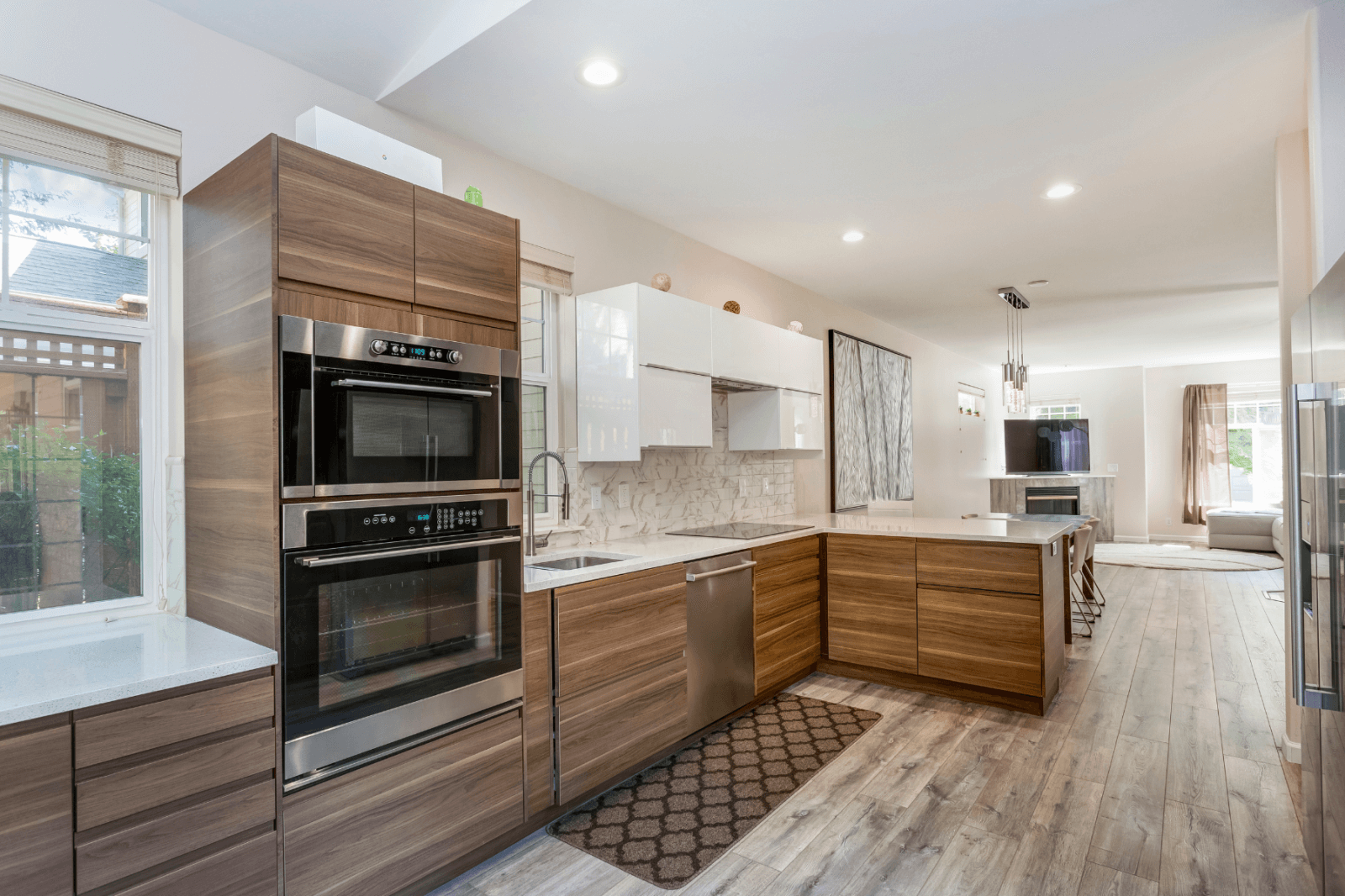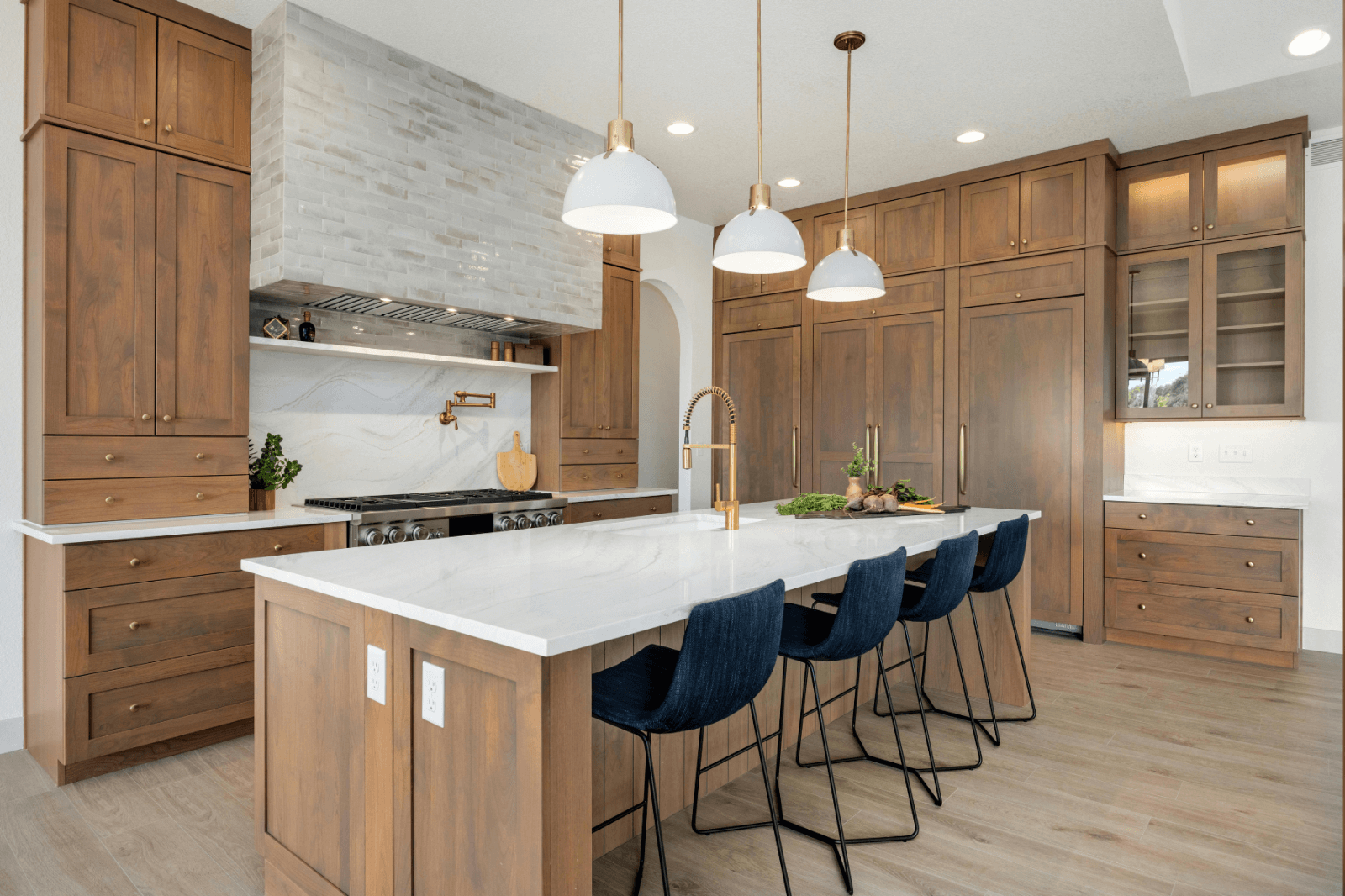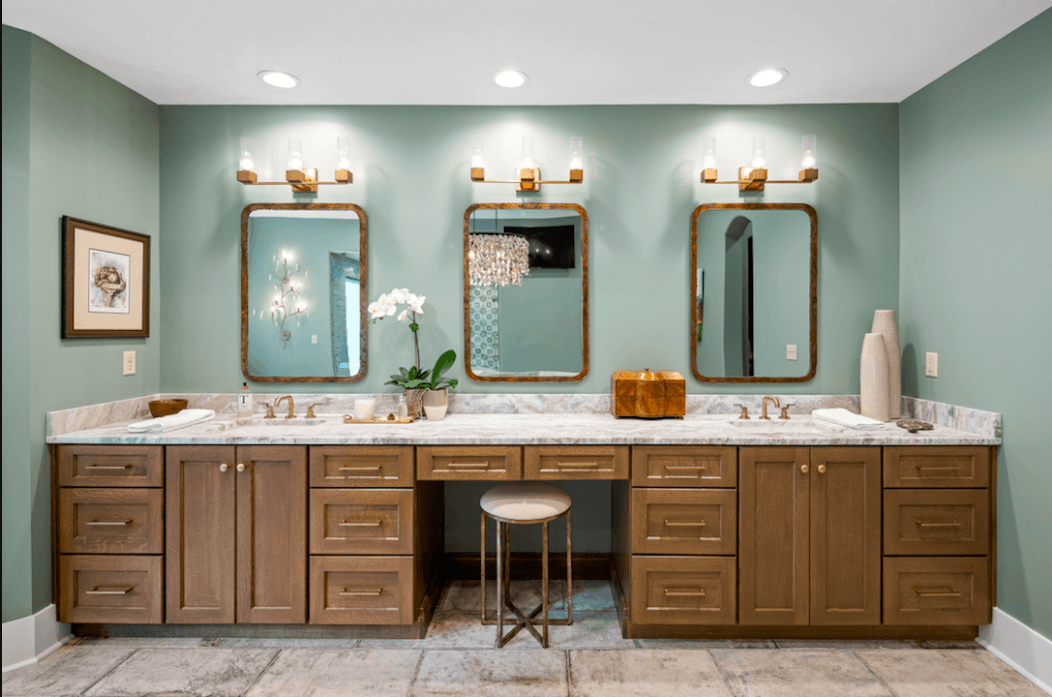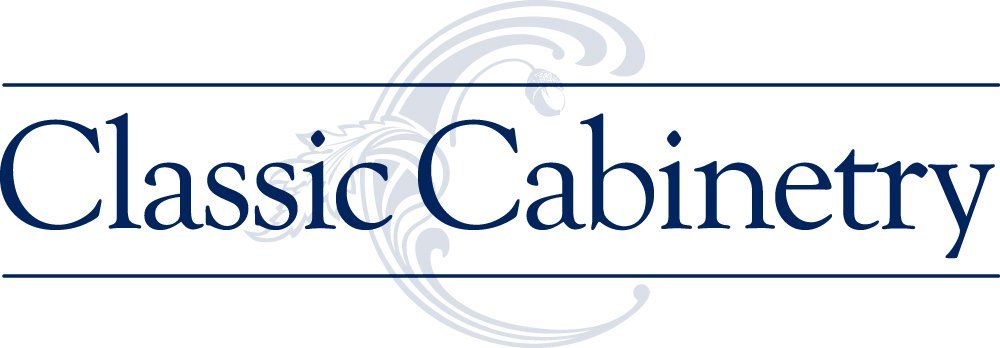Many homeowners in Chattanooga don’t necessarily consider where their dishwasher should be located in their dream kitchen. Typically, an effective dishwasher location is next to the sink, because most homeowners in Chattanooga, scrape and rinse their plates, glassware and silverware before loading them into the dishwasher. The side of the sink where the dishwasher is located is a matter of personal preference. If the main user of the sink and loader of the dishwasher is right-handed, they usually want the dishwasher to the right of the sink and just the opposite for left-handed homeowners.
Another consideration is the location of cabinets where flatware, dishes and glasses are stored. They too should be near the dishwasher to make unloading easier. The dishwasher should be within reaching distance of cabinets or a step or two away.
In some kitchens, it may not be practical or advisable to place the dishwasher next to the sink, especially if there is insufficient room to navigate walkway areas when the dishwasher door is open or to avoid cabinet doors and the dishwasher door from clashing with one another.
Islands are among the most requested feature of new kitchens by homeowners in Chattanooga. In some designs, it makes sense locating the dishwasher beneath the island countertop. Dishes can be easily rinsed and placed in an island dishwasher without requiring users to move to another area of the kitchen.
For homeowners in Chattanooga that opt for an open floorplan kitchen, we often recommend panels that match cabinetry for their dishwashers to avoid recognizing a dishwasher from direct sight lines from dining or living areas.
A popular trend among homeowners in Chattanooga is to have two dishwashers. One is located in the kitchen and a second is placed in a walk-in pantry. This allows homeowners who entertain often to take dirty dishes, pots, pans and other cooking items into an enclosed area out of sight from guests and family members.
Many homeowners in Chattanooga that plan to age in place in their home are excited to learn that they can place their dishwasher in taller cabinets thereby eliminating the need to bend down to load and unload.
A well-designed kitchen is a kitchen that is easy to use and navigate. That’s why homeowners in Chattanooga should expect their kitchen designers to ask questions about how the kitchen is used, how often, by whom and for what purposes. This enables talented designers to create kitchens that enhance lifestyles and make it more enjoyable to prepare and share meals with family and friends. What are the best locations for your dishwasher and other appliances in the kitchen of your dreams?
